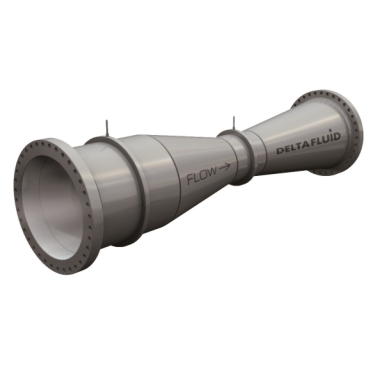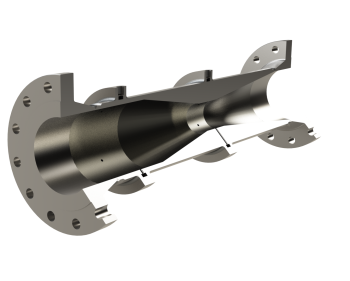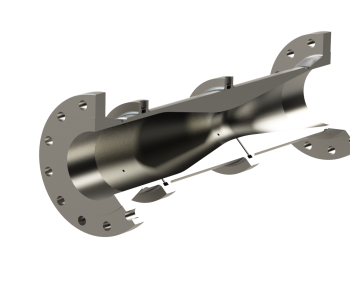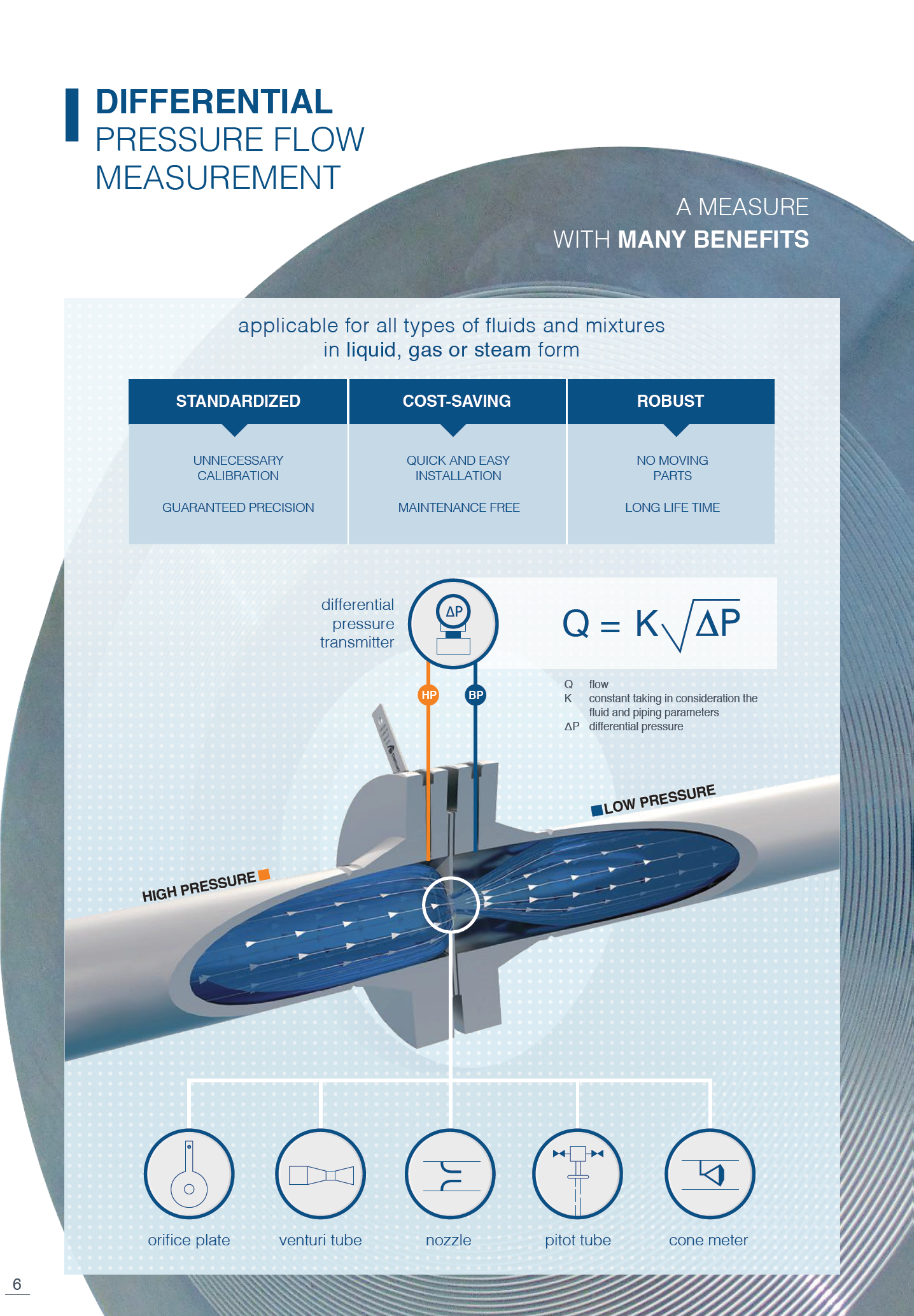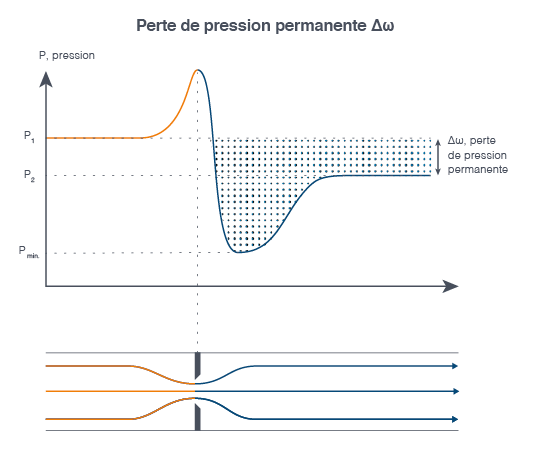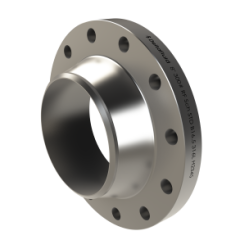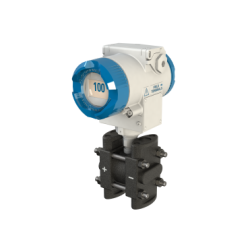Venturi
Suitable for short straight lengths and low permanent pressure drop
The venturi tube has a convergent inlet, a throat and a divergent outlet. It is a differential pressure flow meter well known to create a low permanent pressure drop; thus, it is suitable for measuring, for example, a low pressure flow rate. More over, it requires short upstream and downstream straight lengths.
There are different types of venturi tubes : the machined venturi made from a solid round for small size parts, the rolled welded venturi made from sheet metal for larger pieces up to 1200 mm diameter and the venturi "as cast" allowing a better accuracy up to 800 mm diameter.
The principle of the differential pressure flow measurement is to insert in a circular pipe a restriction which generates a pressure difference between the upstream and the downstream of this restriction.
The measurement of this pressure difference (called ΔP) is transformed by a differential pressure sensor into a 4-20 mA signal and then translated into a flow rate according to the law:
Q = K √ Δp
Q being the flow
K a constant that takes into account the fluid parameters, the viscosity, the roughness of the pipework, the density of the fluid, etc.
Δp the differential pressure (upstream pressure - downstream pressure).
The differential pressure element considered here is the venturi.
There are other types more or less adapted to the characteristics of your process. It's about choosing the best solution in terms of measurement quality, size and price. That is why we are at your disposal to bring you all the information on this subject and help you in your selection.
If you do not find the answer you are looking for, please contact us either by phone at +33 (0)5.59.30.85.20 or via the contact form. We will respond as soon as possible.
A venturi tube measures the flow of a fluid by creating a small permanent pressure drop.
Fluid pressure drop at the passage of a restriction (venturi in our case)
Fluid flow rates at low pressure can therefore be measured.
In addition, thanks to this feature, the venturi tube saves money: according to your process, the devices used to ensure the pressure of the fluid in the pipeline (pumps, circulators) can be dimensioned without having to take into account significant losses of the network. It is thus possible to make energy gains and achieve better returns.
The rolled-welded venturi tube is manufactured for large diameters up to 1200 mm or more (on request) with an accuracy of 1.5% of the maximum flow while the machined venturi is suitable for diameters up to 250 mm maximum with a precision of 1% of the maximum flow. To achieve a precision of the order of the percent, for diameters up to 800 mm, the venturi "as cast" is more adapted.
The standard is very precise on this subject: the upstream pressure must be measured on the inlet cylinder and the downstream pressure at the throat. To allow an averaged pressure measurement over the entire circumference of the upstream and downstream venturi, it is recommended to create an annular chamber or to connect the individual pressure taps in triple T.
